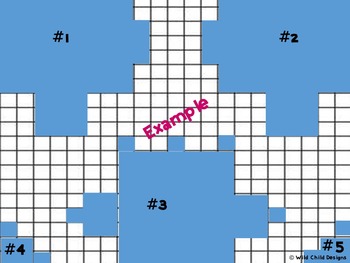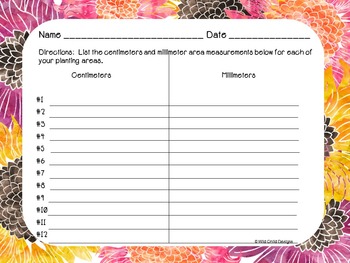Math & Art Project-Based Learning: Monet, Perimeter, Area,& Metric Measurement
- Zip
Description
Welcome to Monet Math! This 3 part-project is an interdisciplinary one that combines area, perimeter, metric linear measurement, art history, reading, research, and drawing and design. This investigation began when we posed the questions, “If we were going to design your own garden, how would we design it? What would we plant in our garden? What features would we include in your garden?”
This product includes step-by-step directions for investigating Claude Monet, garden planning using centimeter, millimeter, and decimeter grids. Students will investigate scale, area and perimeter. They convert centimeter measurements into millimeter measurements. They produce a scale model using decimeter squares and research plants to plant in their scale models.
This 47 page product includes the following:
1. Teacher Talk directions for each part of the project.
2. Original colored photography of Claude Monet's garden in Giverny.
3. Colored examples of Claude Monet's paintings.
4. Centimeter, millimeter, and decimeter grid paper.
5. Examples of centimeter and millimeter plans.
6. Photographs detailing the steps of the actual projects.
7. Student recording sheets for centimeter and millimeter area and perimeter.
8. Student comparison sheet and reflection to compare centimeter and millimeter areas.
9. Centimeter and millimeter conversion practice worksheet and answer key.
10. Planting research sheets for student use.
11. Writing sheets for student use.
12. Project reflection sheet for student use.
13. A Claude Monet mini-biography and glossary nonfiction text.





